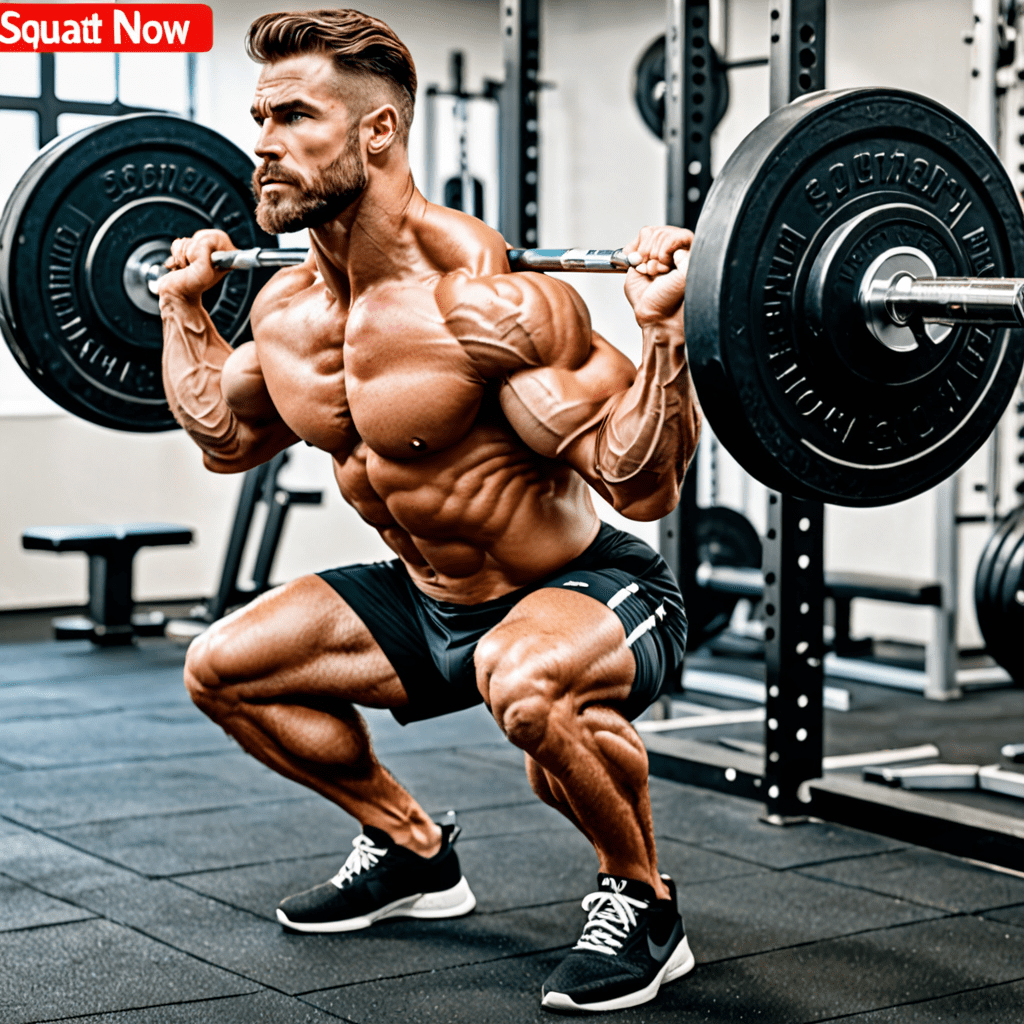
Why Squatting Causes Quad Pain: Understanding the Ache
Introduction
When you squat, have you ever experienced aching quads? You’re not alone. In this article, we’ll explore the reasons behind quad pain during squats and provide insights on how to alleviate discomfort.
1. Anatomy of the Quadriceps
To understand why your quads hurt during squats, it’s essential to grasp the anatomy of the quadriceps. The quadriceps femoris muscle group consists of four muscles: rectus femoris, vastus lateralis, vastus medialis, and vastus intermedius. These muscles work together to extend the leg at the knee joint.
2. Overloading the Quadriceps
One common reason for quad pain during squats is overloading the quadriceps muscles. When you perform squats, especially with heavy weights, the quads bear a significant load. If the load exceeds what your quads are accustomed to, it can lead to muscle strain and pain.
3. Imbalance between Quadriceps and Hamstrings
Having an imbalance between the strength and flexibility of your quadriceps and hamstrings can contribute to quad pain during squats. If your quads are stronger than your hamstrings, they may dominate the movement, leading to excessive stress on the quadriceps and subsequent discomfort.
4. Improper Squatting Technique
Performing squats with incorrect technique puts unnecessary strain on the quads. Common mistakes, such as leaning too far forward or not maintaining proper knee alignment, can cause the quadriceps to bear excessive pressure, resulting in pain and discomfort.
5. Delayed-Onset Muscle Soreness (DOMS)
Another reason your quads may hurt after squats is delayed-onset muscle soreness (DOMS). As you challenge your muscles during squats, micro-tears occur in the muscle fibers. This leads to inflammation and soreness, which typically peaks around 48 hours post-exercise.
6. Addressing Quad Pain during Squats
If you’re experiencing quad pain during squats, there are several strategies you can implement to alleviate discomfort:
- Proper Warm-up: Engage in dynamic stretching and warm-up exercises to prepare your muscles for the squatting motion.
- Focus on Balance: Strengthen your hamstrings and improve flexibility to ensure a balanced distribution of load during squats.
- Improve Technique: Seek guidance from a qualified trainer to correct any form mistakes and ensure proper alignment.
- Gradually Increase Load: Progressively overload your quads to allow them time to adapt and minimize the risk of strains.
- Allow for Recovery: Give your muscles adequate time to rest and recover between squatting sessions.
Frequently Asked Questions (FAQ)
Q: How long does quad pain from squats usually last?
A: The duration of quad pain varies from person to person. Typically, quad soreness from squats can last anywhere from a couple of days to a week. It should gradually subside as your muscles recover.
Q: Should I continue squatting if my quads hurt?
A: It’s advisable to take a break and allow your quads to recover if you’re experiencing significant pain during squats. Pushing through severe discomfort can potentially worsen the injury. Listen to your body and consult a healthcare professional if needed.
Q: Can quad pain during squats be a sign of a more serious injury?
A: While quad pain during squats is often caused by muscle strain or DOMS, it’s essential to be aware that it can also be a symptom of a more severe injury. If the pain persists or worsens over time, it’s advisable to consult a medical professional for a proper diagnosis.
Q: Are there any alternatives to squats that can help me work my quads without the pain?
A: Yes, there are alternative exercises that can target and strengthen your quads without causing as much discomfort. Leg presses, lunges, and step-ups are a few options you can explore. Remember to start with lighter weights and focus on proper form to minimize any potential pain.


